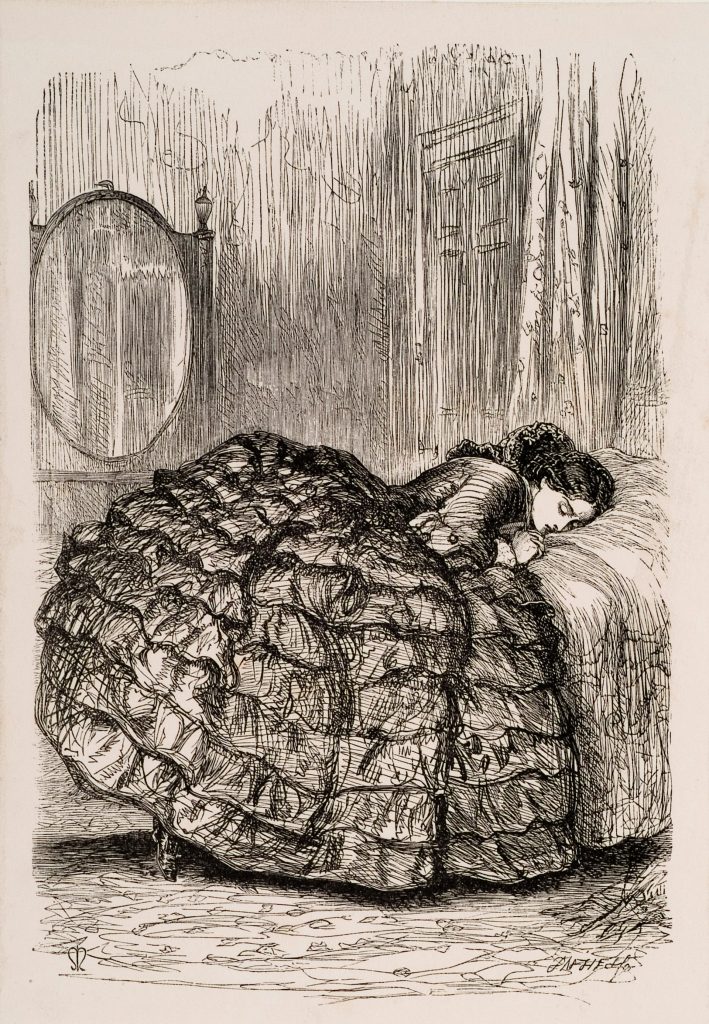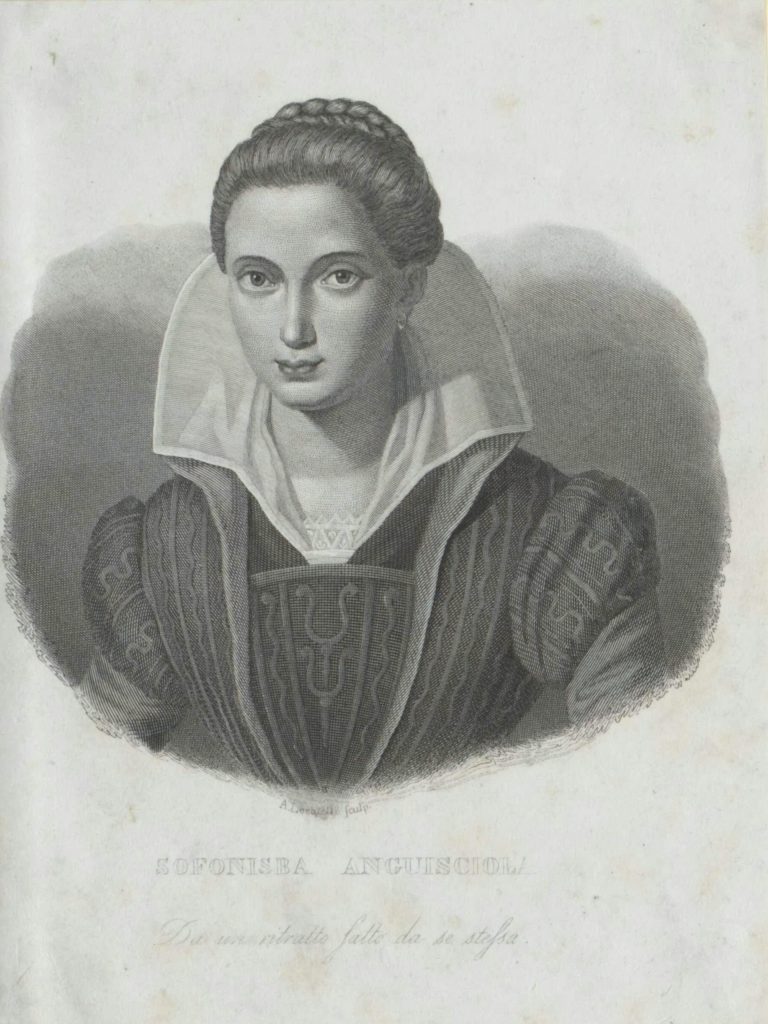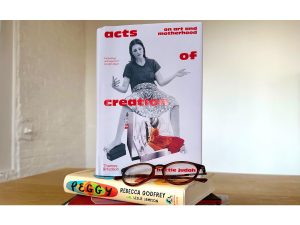Drawing is a timeless art form that allows individuals to express their creativity and imagination. Whether you’re an aspiring artist or someone looking to explore a new hobby, getting started with drawing can be both exciting and intimidating. Fortunately, with the right techniques and a bit of practice, anyone can learn to draw proficiently. In this article, we’ll explore some essential drawing techniques tailored for beginners, along with helpful tips and tricks to kickstart your artistic journey.
1. Understanding Basic Shapes
Before diving into complex subjects, it’s crucial to grasp the fundamentals of drawing basic shapes. Circles, squares, triangles, and ovals serve as the building blocks for more intricate drawings. Practice sketching these shapes in various sizes and orientations to develop your hand-eye coordination and spatial awareness. Additionally, learning to visualize objects as combinations of simple shapes will aid in accurately depicting their proportions and perspectives.
Start by drawing circles and ovals to represent the forms of objects such as fruits, vases, or even human heads. Use straight lines to construct squares and rectangles, which can be utilized for buildings, furniture, and other geometric structures. As you gain confidence in manipulating basic shapes, gradually incorporate them into your drawings to establish the underlying framework before adding details.
2. Drawing lines
Lines are the foundation of drawing, serving as the primary means of outlining shapes and defining contours. Understanding how to vary line weight and texture can significantly enhance the visual appeal and realism of your artwork. Experiment with different drawing tools such as pencils, pens, and charcoal to discover the range of effects they offer.

Source: https://unsplash.com/photos/black-and-white-cat-on-black-and-white-textile-x2g6ZnLO0_E
Practice controlling the pressure applied to your drawing instrument to achieve varying line thicknesses. Thin, delicate lines can convey subtlety and detail, while bold, confident strokes add emphasis and definition. Additionally, explore techniques such as cross-hatching, stippling, and contour lines to add depth and dimension to your drawings. Remember that mastering line quality is a gradual process that requires patience and persistence.
3. Utilizing Light and Shadow
One of the most effective ways to bring your drawings to life is by understanding the principles of light and shadow. By observing how light interacts with objects in your surroundings, you can learn to create realistic highlights, mid-tones, and shadows in your drawings. Pay attention to the direction and intensity of light sources to accurately portray the play of light and shadow on different surfaces.
Begin by sketching simple objects illuminated by a single light source, such as a sphere or cube. Observe how light creates highlights on the surfaces facing the light source and gradually fades into shadows on the opposite side. Experiment with shading techniques such as blending, cross-contouring, and chiaroscuro to add volume and depth to your drawings. By mastering the interplay of light and shadow, you can infuse your artwork with a sense of realism and drama.

Source: https://unsplash.com/photos/woman-in-black-and-white-long-sleeve-shirt-TdWb9zMFLzY
4. Practicing Gesture Drawing
Gesture drawing is a valuable exercise for improving your drawing skills and capturing the essence of a subject with speed and spontaneity. Unlike detailed renderings, gesture drawings focus on capturing the overall gesture, movement, and rhythm of a subject in a short amount of time. This technique is particularly beneficial for sketching figures, animals, and other dynamic subjects.
Set a timer for short intervals, ranging from 30 seconds to a few minutes, and sketch your subject using loose, fluid strokes. Focus on capturing the gesture and flow of the subject’s form rather than getting bogged down by details. Gesture drawing helps train your observational skills, hand-eye coordination, and ability to quickly translate visual information onto paper. Incorporate gesture drawing into your regular practice routine to improve your drawing speed and spontaneity.
5. Embracing Mistakes and Experimentation
Finally, remember that drawing is a journey of exploration and self-expression, and making mistakes is an inevitable part of the learning process. Instead of being discouraged by imperfections, embrace them as opportunities for growth and experimentation. Allow yourself the freedom to take risks, try new techniques, and push beyond your comfort zone.
Keep a sketchbook handy to jot down ideas, doodle freely, and document your progress over time. Use your sketchbook as a safe space to experiment with different drawing styles, materials, and subjects without the pressure of creating polished artworks. Celebrate your successes, learn from your failures, and above all, enjoy the process of creating art. With dedication, patience, and a willingness to learn, you’ll continue to improve and evolve as an artist with each stroke of the pencil.
In conclusion, drawing is a rewarding and fulfilling pursuit that offers endless opportunities for creativity and self-expression. By mastering essential drawing techniques such as understanding basic shapes, mastering line quality, utilizing light and shadow, practicing gesture drawing, and embracing mistakes and experimentation, beginners can lay a solid foundation for their artistic journey. So pick up your drawing tools, unleash your imagination, and embark on a thrilling adventure into the world of art!




